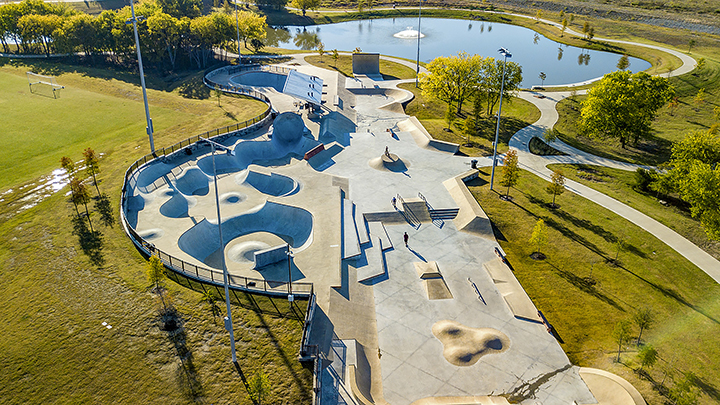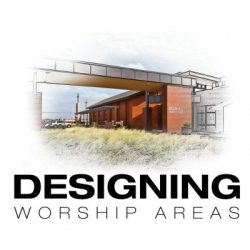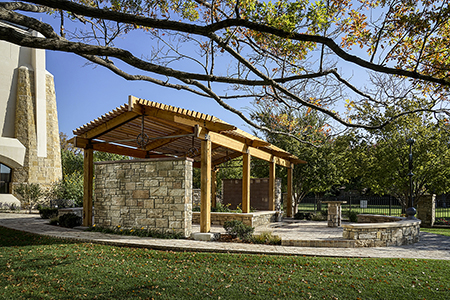

By Nick Cooper
How often have you seen (or been a part of) a church or ministry staff with a tremendous vision, a plan to reach people and a beautiful design — and nothing happens?
Many times, this is the result of failing to cast the vision to the congregation.
A great biblical example of how to cast the vision can be found in Acts 1:8, “You will receive power when the Holy Spirit comes on you; and you will be my witnesses in Jerusalem, and in all Judea and Samaria and to the ends of the earth.”
Start with a vision from God; then, show how it will affect your church, the community in which you live, your state, nation and the world.
Also keep in mind that there is a large gap between a vision from the Lord and figuring out how to implement that vision. Here are three key strategies you’ll want to implement:

BE DIRECT — “This is the vision and why it will affect us.”

Make sure the vision is clearly explained, multiple times. This sounds so simple, right? Even so, church leaders so often think they’re clearly explaining a vision, when people are still confused.
If the vision is to build a new education building, people will typically ask questions about what you’re doing. The reality, however, is that many of them need to understand why you’re doing it. When sharing a vision, make sure you answer why something is needed — over and over — before addressing what is needed.
Also remember that people need to hear directly from the shepherd(s), even when collective decisions are reached. (See John 10:27)
 2. BE BOLD — “This is why our community needs us to move forward.”
2. BE BOLD — “This is why our community needs us to move forward.”
If you’re certain that God has led you to a vision, share it unapologetically.
“[I]n the last 10 years, churches across the nation have been aiming to reconnect with their communities. Many churches we work with are building ballfields, parks and community meeting spaces — things they see are needed in their communities.”
Think of sharing a vision like sharing a testimony: when you’re certain of something God has done or is doing in your life, you’ll unashamedly share your experience with others. The same is true for a vision! Unashamedly share how God is calling you to lead in your community.
Ask yourself: If our church disappeared tomorrow, would anyone in our city notice or care? As you answer this question, you’ll find that boldness is required to cast a vision that reaches outside your own walls. (See 2 Timothy 1:7)
Accordingly, in the last 10 years, churches across the nation have been aiming to reconnect with their communities. Many churches we work with are building ballfields, parks and community meeting spaces — things they see are needed in their communities.
3. DREAM BIG — “This is how God will use us to affect the world.”
A vision can (and should) be big. For churches specifically, it should be big enough that it won’t be accomplished without God. If God isn’t needed, you’ll see a genuine hesitancy to get on board.
 People — especially Millennials — want to know they’re a part of something bigger than themselves, something that matters. While visions should be big, the steps to accomplish the vision should be small. Small doesn’t mean ‘insignificant,’ it just means ‘attainable.’
People — especially Millennials — want to know they’re a part of something bigger than themselves, something that matters. While visions should be big, the steps to accomplish the vision should be small. Small doesn’t mean ‘insignificant,’ it just means ‘attainable.’
As the Lord helps you define a vision, make sure you develop an effective strategy to cast it. This means being direct with people, daring to be bold in thought, and dreaming bigger than you know your church can accomplish alone.
Nick Cooper is Ministry Partner at Parkhill Smith & Cooper. He has a B.S. in Construction Engineering and spent 10 years building collegiate ministries and seven years as a senior pastor. He now works specifically with churches, leading projects and developing strategies on topics ranging from reaching Millennials to church design.


